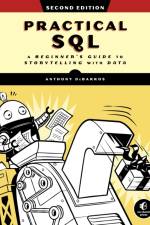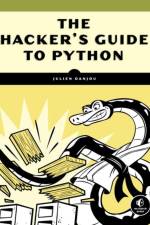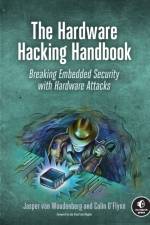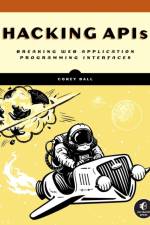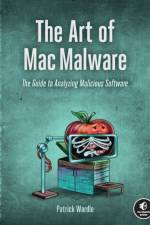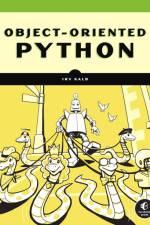von Sparc Flow
23,00 €
Tag along with a master hacker on a truly memorable attack. From reconnaissance to infiltration, you’ll experience their every thought, frustration, and strategic decision-making first-hand in this exhilarating narrative journey into a highly defended Windows environment driven by AI.Step into the shoes of a master hacker and break into an intelligent, highly defensive Windows environment. You’ll be infiltrating the suspicious (fictional) offshoring company G & S Trust and their hostile Microsoft stronghold. While the target is fictional, the corporation’s vulnerabilities are based on real-life weaknesses in today’s advanced Windows defense systems. You’ll experience all the thrills, frustrations, dead-ends, and eureka moments of the mission first-hand, while picking up practical, cutting-edge techniques for evading Microsoft’s best security systems. The adventure starts with setting up your elite hacking infrastructure complete with virtual Windows system. After some thorough passive recon, you’ll craft a sophisticated phishing campaign to steal credentials and gain initial access. Once inside you’ll identify the security systems, scrape passwords, plant persistent backdoors, and delve deep into areas you don’t belong. Throughout your task you’ll get caught, change tack on a tee, dance around defensive monitoring systems, anddisable tools from the inside. Spark Flow’s clever insights, witty reasoning, andstealth maneuvers teach you to be patient, persevere, and adapt your skills at the drop of a hat. You’ll learn how to:Identify and evade Microsoft security systems like Advanced Threat Analysis,QRadar, MDE, and AMSISeek out subdomains and open ports with Censys, Python scripts, and other OSINT toolsScrape password hashes using KerberoastingPlant camouflaged C# backdoors and payloadsGrab victims’ credentials with more advanced techniques like reflection anddomain replication Like other titles in the How to Hack series, this book is packed with interesting tricks, ingenious tips, and links to useful resources to give you a fast-paced, hands-on guide to penetrating and bypassing Microsoft security systems.




